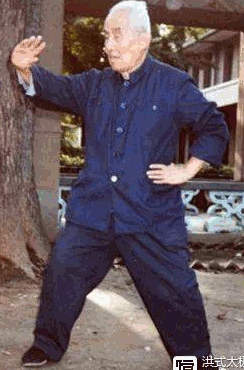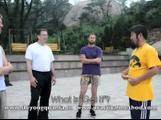 |
Preface I would like to express my sincere gratitude to Master Chen Zhonghua for his dedication to promoting Chen Taiji in the Ottawa (渥太华) area. For more than a decade, Master Chen has made regular visits to Canada’s capital, ensuring that his disciples, students, and other Taiji enthusiasts receive proper training, grasp the principles of the Practical Method, and deepen their understanding of Taoist philosophy and Chinese culture. |
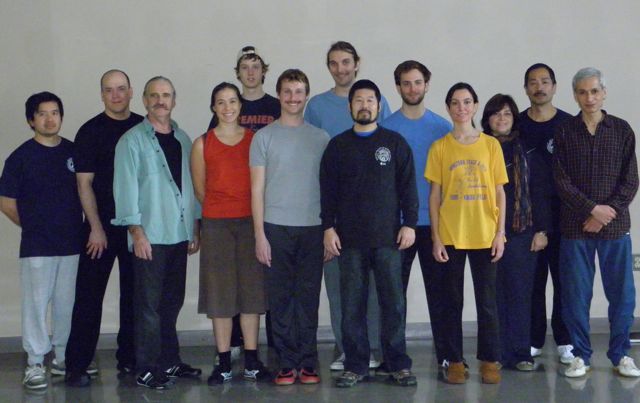 |
For more than ten years, Master Chen has been visiting Canada’s capital, ensuring that his disciples, students, and other Taiji enthusiasts train correctly, grasp the principles of the Practical Method, and deepen their understanding of Taoist philosophy and Chinese culture.Here are the notes I have made during the course of the three days seminar. Any errors in transcription or misunderstanding are solely my responsibility. |
My personal highlights for the seminar:
- Ultimate Secret for the beginner to succeed in the Practical Method of Chen Style Taiji!
- Monkeys?
- The Answer to “Life, the Universe and Everything” is not 42!
- Difference between external martial arts, Hsing Yi and Taij
Friday – Nov 26th – Hunyuan Qigong (混元氣功)
Master Chen conducted an evening seminar at the Gilles-Vaillant Tai Chi Center in Gatineau, focusing on Hunyuan Qigong and Push Hand drills. Unfortunately, I was unable to attend due to a prior commitment. The following video provides a glimpse into the event.
Saturday Nov 27th – Foundation Exercise and the First Thirteen Moves
 |
The Ottawa Seminar took place at the University of Ottawa, offering participants an enriching experience in foundational training. The morning session began with a warm-up routine featuring essential exercises such as positive circles, negative circles, and twisting the towel. As attendees practiced, Master Chen observed and provided individualized corrections, occasionally pausing to clarify and emphasize key aspects of the movements.
Following the physical training, Master Chen transitioned to a discussion on general training philosophies, offering students a welcome break from the rigorous exercises. |
The afternoon session focused on group practice of the first thirteen moves of the Yilu, allowing participants to refine their technique through collective engagement. After lunch, Master Chen explored the concept of energy alignment in greater depth before concluding the session with a final round of foundational exercises.
Master Chen proceeds to correct the details of each of the foundation exercise. Some of the points to remember:
When performed correctly, the positive and negative circle will adhere to the principle of ‘No Protrusion and Indentation (戒凸凹). |
Further considerations while performing Foundation training :
- Find the space in the body that is not there before; continue to try to stretch along the line of action.
- The goal is to achieve ‘waistlessness,’ beginning with the connection between the shoulder and hip, ultimately allowing the entire body to merge into the waist. Observe the monkey—its torso is seamlessly integrated, enabling it to move and fall with effortless grace.
- One stage of training emphasizes that ‘the Kua must find the knee—the knee must find the foot,’ ensuring a connected and fluid movement.”
Regarding the overall training philosophy, Master Chen explained::
|
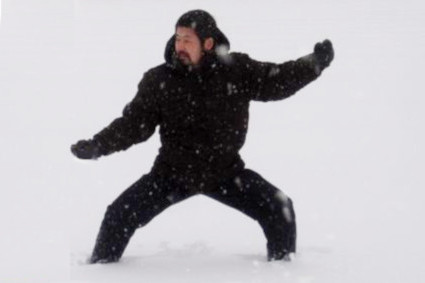 |
Master Chen proceeded to lead the class in performing the first thirteen moves of Yilu. Amongst the corrections in Yi Lu are:
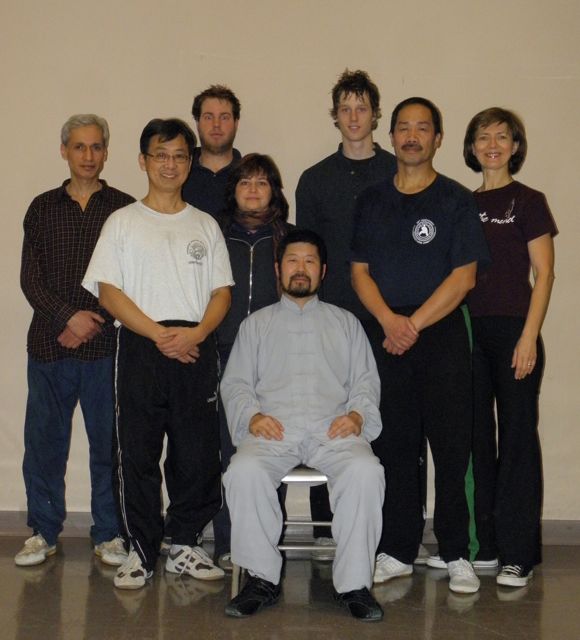 |
|
After lunch, we worked on “placing the sections into the line of power”. The “Line of Power” concept is best explained in the series of DVD that Master Chen produced under the title “Energy Alignment”. In this case, Master Chen introduces a series of exercise that move the kua then the knee towards this line. The technique is to have a fix external reference point along the power line and then use a large physical action to move the kua ino this point. The next exercise is to try to move the shoulder down into the kua. The next exercise is to move the knee down into the line of power. Finally, all sections are aligned in the line of power.
The end of the day, we practiced the Foundation exercises again.
The Saturday seminar finished with the Discipleship Ceremony of Dr. Daniel Mroz and Dave Dahms. Congratulations to both Daniel and Dave on this important milestone in their training. The celebration continued with a dinner at the Dragon, a local Chinese restaurant. Master Chen continued to provide in depth insight into his training during the evening.
Sunday Nov 28th – In depth Push Hands Training
|
This session focused on push hands training, a key component of the Practical Method system. We took turns practicing with different partners while Master Chen provided hands-on demonstrations, insightful guidance, and constructive feedback.
Push hands training is essential for exploring and applying theoretical Tai Chi principles. It allows practitioners to refine their skills through direct experience. A strong training partner is crucial—someone who challenges you to your limits while maintaining control so that techniques remain structured and effective. The workshop provides the perfect opportunity to train with like-minded individuals and deepen one’s understanding of the Practical Method. |
 |
Amongst some of the general concepts applicable for all push hand practitioners:
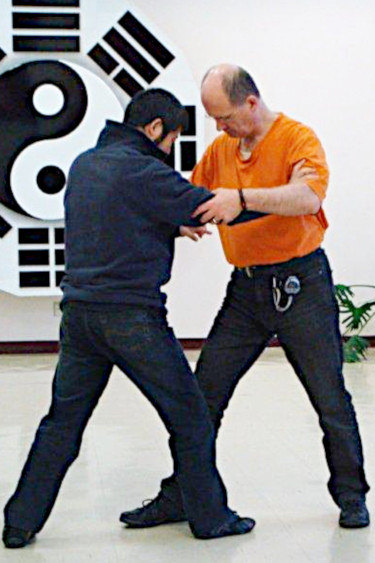 |
|
This represents a short summary of three days of intensive training. I would also like to take the opportunity to personally thank the organizers: Rachelle Bergeron and Dr Daniel Mroz
My personal observations
Ultimate Secret for the beginner to succeed in the Practical Method of Chen Style Taiji !
|
During an informal discussion, Master Chen emphasized that while the method and process are simple and clear, students often stray from the prescribed approach. He stressed that the key to success in the Practical Method is consistent practice of Yilu.
Naturally, I asked how long we should train. Master Chen explained that, in general, three years of dedicated practice—completing a substantial number of repetitions (10,000)—is what allows the body to develop the necessary habits to progress in Taiji. |
 |
This is great news for beginners like me—I now have a tangible benchmark for success: three years and 10,000 repetitions of Yilu. Breaking it down, that equates to 3,333 forms per year, 64 forms per week, and just 9 repetitions per day. If each performance of Yilu takes approximately 10 minutes, that amounts to only an hour and a half of daily training!
Monkeys?
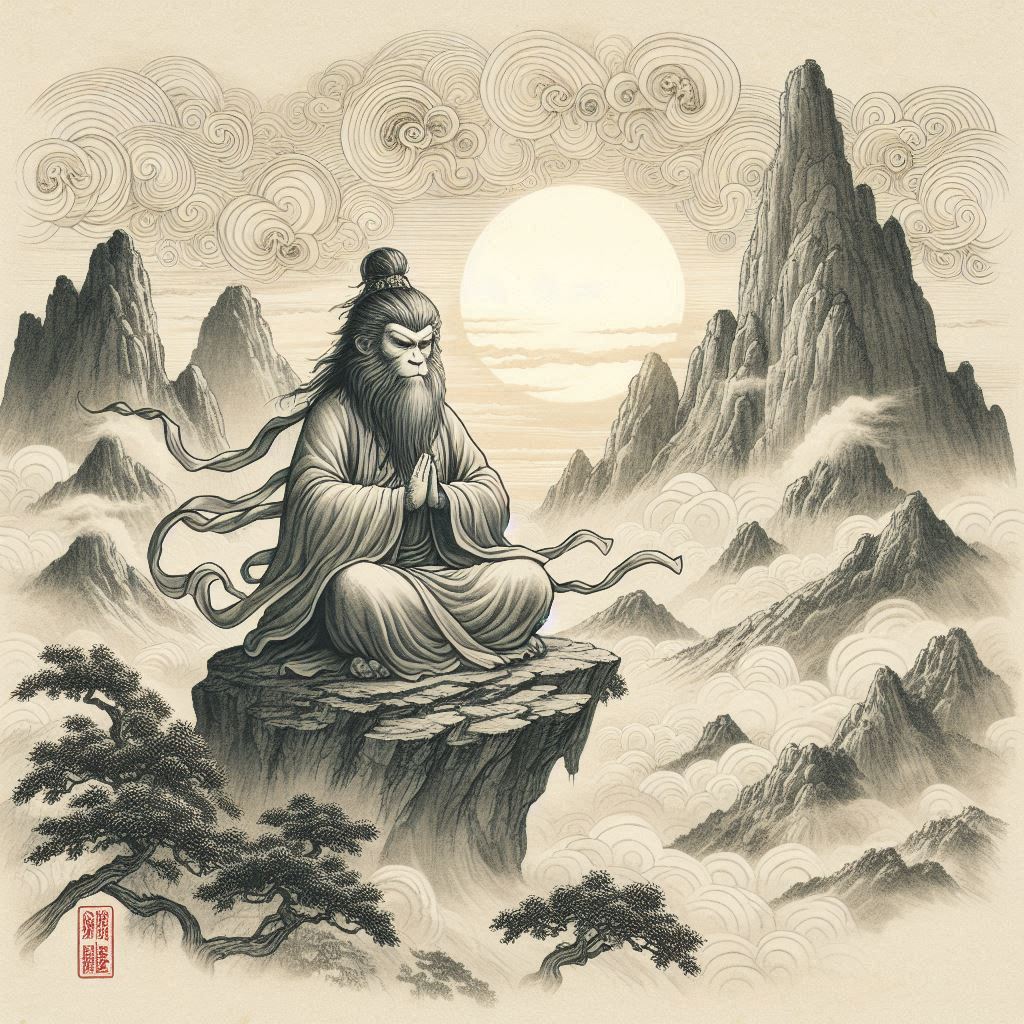
|
Taiji practice not only refines the body, cultivating movement reminiscent of monkeys as the waist seemingly vanishes, but also requires mastery over the “monkey mind” (xinyuan; 心猿). This term, deeply rooted in Chinese Buddhist tradition, plays a crucial role in Taiji self-cultivation.
The phrase “心猿意馬” (xīnyuán yìmǎ), meaning “a heart-mind like a monkey, thoughts like a horse,” vividly illustrates the restless and untamed nature of the mind. |
Like a monkey darting unpredictably through trees and a horse galloping without direction, thoughts can be wild and difficult to control, constantly shifting from one distraction to another. To cultivate Taiji effectively, practitioners must learn to calm this inner turbulence, quiet the wandering mind, and focus on the fundamental principles that guide true mastery.
Master Chen offers a vivid illustration of the monkey mind in action. He often instructs his students: “Elbow in, hand out.” Yet, rather than focusing on this directive, students invariably shift their attention elsewhere, asking, “What about the kua?” Master Chen patiently reiterates that the exercise at hand is to internalize the principle of “Elbow in, hand out”—the kua is not relevant at this moment. The student, acknowledging this as a “non-answer,” dutifully follows the instruction. However, as soon as Master Chen turns away, the student whispers to their peers, “So, what about the kua?”
The monkey mind resides in all of us. Through dedicated training and self-cultivation, we learn to quiet its restless nature, fostering deeper focus and awareness.
As Master Hong said
|
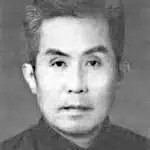 |
The Answer to “Life, the Universe and Everything” is not 42!
The principle of Taiji for Taoist is based on the following system:
- 1 (Unity) and Zero (Emptiness) is the same. It represents existence and non-existence.
- 2 represent a separation of the one object (Yin / Yang separation). For example, Man and woman.
- 3 represent 2 and their interactions. For example, Man and woman and their interactions which can spawn a new creation (another object, a new person). Three is the largest number representing infinity.
This concept is repeated in other situations:
- Taiji push hands states with you (1) and the opponent (2) and the action (3).
- the Yilu (81 moves) that reflects all the possible combination of the body movement and represents the Yin component.
- the Erlu (64 moves) represents the actions and represent the Yang component.
So the Answer to “Life, the Universe and Everything” is simply 1,2 3!
Difference between external martial arts, Hsing Yi and Taiji
This is an common adage in Chinese concerning the martial arts:
” 功夫三月打死牛
形意一年打死人
太极十年不出门”
Roughly translated, external martial arts, commonly known as kung fu (功夫), can train a practitioner to subdue a bull (牛) within three months (三月). The art of Hsing Yi (形意) sharpens one’s skills to the point where they could defeat a human opponent within a year. Taiji (太极), however, demands patience and deep cultivation—one may train for ten years before they are truly ready to step beyond the threshold (出门), signifying the transition from beginner to adept.
This is a good reminder of the requirement of patience and perseverance required in Taiji training.

